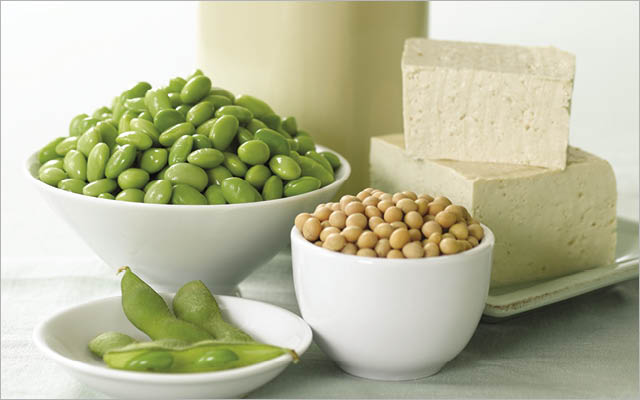There are good reasons to skip meat now and then, including climate-change considerations and the health perks of eating more veggies. If you choose a plant-based alternative, however, it may come served up with its own concerns. Take a look inside one of the most popular faux-meat products: the soy dog.
Processed Imposters
Frankfurters are processed meat, but soy dogs are lab-engineered and contain “substances not commonly used in culinary preparations,” explains a study published in the BMJ. These include protein isolates, processed vegetable oils, sweeteners, starches, texturizers, and additives “whose purpose is to imitate sensorial qualities of unprocessed or minimally processed foods . . . or to disguise undesirable qualities of the final product.” Still, the first ingredient in most soy dogs is water.
Unhealthy Fats
Half the calories — and sometimes more — in some soy dogs come from fat, which is not much less than in meat hot dogs. Some fats are healthy, but the processed vegetable oils (including canola, sunflower, and safflower) most commonly added to soy dogs are inflammatory polyunsaturated fats high in omega-6 fatty acids.
Plant-Protein Isolates
The prime protein ingredient is soy-protein isolate, vital wheat gluten, pea protein, or a combination of these. To make soy-protein isolate, manufacturers cook the soybeans and extract their oil with solvents — often including hexane, a known neurotoxin. Studies have found that soy-protein isolates may stimulate the growth of breast-cancer cells. (For more on this, see “The Pros and Cons of Eating Soy”.) Some health experts label all synthesized plant-protein isolates “Frankenfoods.”
“Natural” Flavorings
The FDA regulates natural flavors, but these may include any of some 3,000 natural or unnatural preservatives, emulsifiers, and other additives. So don’t assume it’s healthy just because it’s labeled “natural.” “Organic natural flavors” must meet more stringent rules. Smoke flavorings often use barley-malt flour, which contains gluten, as a carrier.
Salt — and More Salt
The predominant flavor is salt. There’s typically 500 to 710 mg of sodium in just one soy dog — 22 to 31 percent of the U.S. daily recommendation. Studies link excess sodium intake to myriad health issues; nine out of 10 kids eat up to 50 percent more salt than advised, according to the Centers for Disease Control and Prevention.




This Post Has 0 Comments